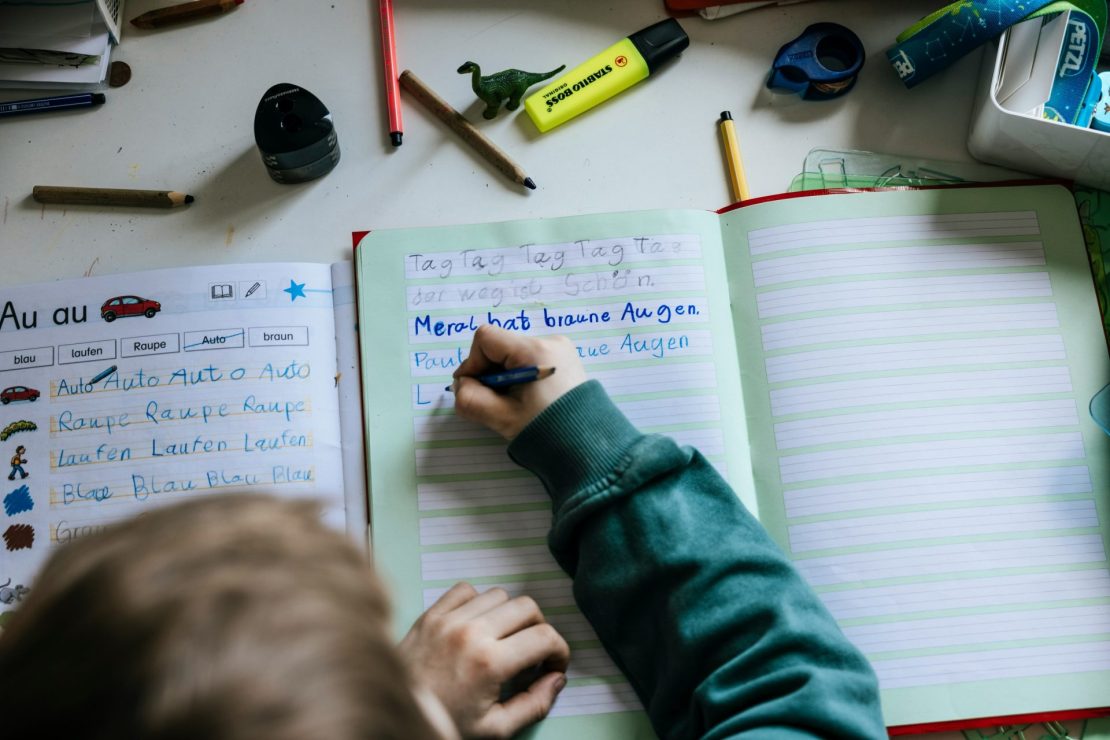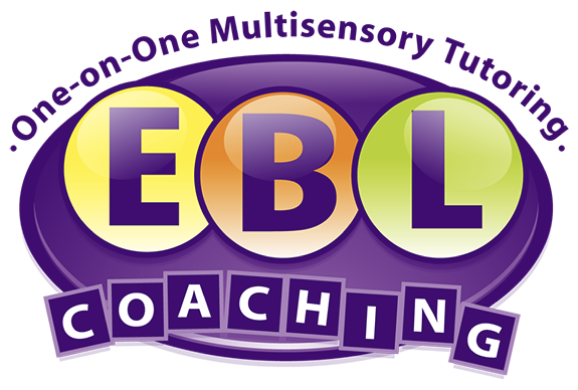
How to Help Your Child With Dyslexia Develop Stronger Writing Skills
Originally published on the motherhoodlater.com website

It is well known that students with dyslexia struggle with reading. They often have difficulty decoding words, reading with proper fluency, and processing information that they read. Yet many students with dyslexia also have difficulty with writing. They may have great ideas but struggle to express their thoughts on paper in an effective manner, a skill that becomes increasingly important as children progress through school. Help your child with dyslexia develop stronger writing skills with the ideas detailed below.
Spelling
Students with dyslexia should start developing their writing skills at the word level by learning how to accurately spell words. The Orton Gillingham method can help students develop stronger decoding and spelling skills simultaneously. After learning the names of each letter and its corresponding sound, using the Orton Gillingham method, they can learn how to blend these sounds together to read and spell basic consonant-vowel-consonant words. Once they have grasped that skill, they can learn how to read and spell words with blends, such as flag, plug, or trap. From there, using a structured, multi-sensory approach, they can learn how to read and spell words containing consonant digraphs, vowel digraphs, r-controlled patterns, silent-e patterns, multi-syllabic words, and so on. They can also learn Orton Gillingham spelling rules to further develop their spelling skills. By following this systematic, multi-sensory Orton Gillingham approach, students with dyslexia can drastically improve their spelling skills.
Sentences
After learning how to accurately spell individual words, students should begin learning how to write simple sentences. A simple sentence consists of a subject and predicate, like Jack walked. They should then learn to expand their sentences with adjectives and adverbs, like Jack walked home or Jack quickly walked home. They should also learn about different sentence types, including declarative, exclamatory, imperative, and interrogative sentences. They can also learn how to write compound and complex sentences to further elaborate on their ideas. They should be given ample practice and repetition writing these sentences and should receive direct and actionable feedback from their teacher or parent.
Simple Paragraphs
Once students have learned how to write well-structured sentences, they can then learn how to write effective simple paragraphs. A simple paragraph consists of a topic sentence, three detail sentences, and a conclusion sentence. For example:
There are many types of vegetables. You can eat broccoli. You can also eat cauliflower. Some people prefer potatoes. I love vegetables!
Students should learn how to write four different types of simple paragraphs: example, process, reason, and compare/contrast. They should be given a great deal of practice and repetition writing each type of paragraph, and should also learn to brainstorm, write, and self-check their work. They should be taught how to write increasingly complex sentences within their paragraphs and apply the different sentence types they learned to their paragraph writing.
Extended Paragraphs
Once students have grasped the simple paragraph, they can learn to expand their ideas in the form of an extended paragraph. An extended paragraph is similar in structure to a simple paragraph, but includes three supporting detail sentences added after each detail sentence. Students are essentially learning to stretch out their writing while maintaining its organization. They should still learn four types of paragraphs – example, process, reason, and compare/contrast – but now in the form of an extended paragraph. They should also continue to practice brainstorming, writing, and self-checking their ideas in an organized fashion.
Five Paragraph Essays
After learning how to write well-structured simple and extended paragraphs, students should be ready to learn how to write a five paragraph essay. They will learn how to write an introduction paragraph, consisting of an opening, lead-in, and thesis statement. Students can learn various options for how to begin their writing, including starting with a question, general statement, opposite statement, quotation, or story, and should learn that a thesis statement can consist of an opinion and plan and should set the stage for the organization of their essay. Next, students will learn how to write three body paragraphs, including transition sentences, and will learn to end their essay with a well-written conclusion paragraph restating their ideas. They should learn how to write four types of essays, including example, process, reason, and compare/contrast essays, and should remember to always brainstorm, write, and self-check their ideas.
Learning to write effectively can be a challenge for most students, but those with dyslexia tend to struggle even more. Try using this structured approach to teach your child to write effectively, and you will help set them up for success at school.
EBL Coaching specializes in one-on-one in person and virtual tutoring for students in grades pre-K-12 with specialized learning needs. They use research-based, multi-sensory techniques, including the Orton Gillingham method, to develop students’ reading, writing, math, note taking, test taking, and executive functioning skills. Each student is evaluated and then receives an individualized learning plan to address their specific academic needs. Learn more at http://www.eblcoaching.com/.
Dr. Emily Levy, Founder & Director, is happy to hear from anyone who is in need for their child. You may reach her thru her website.
